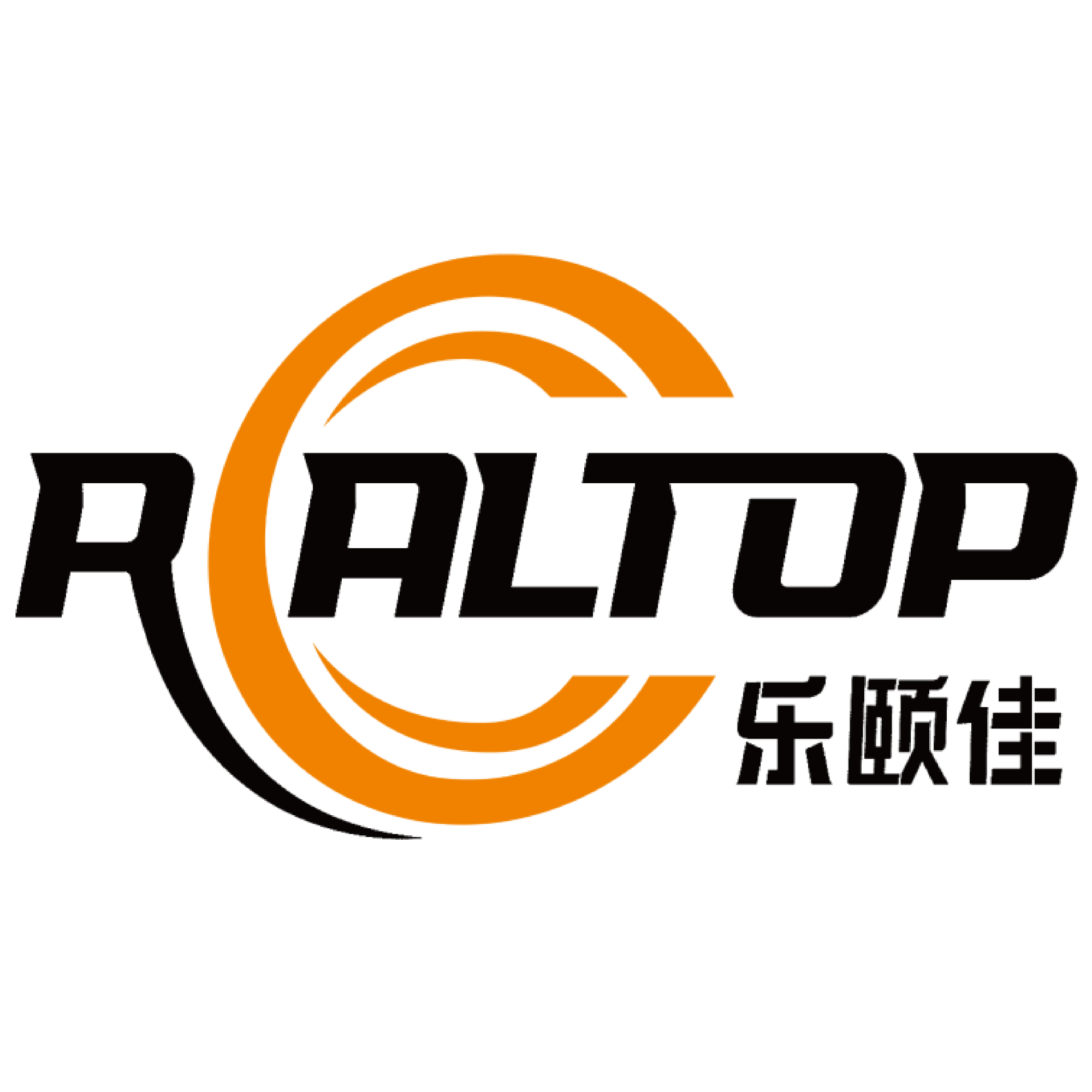The Role of Leather Cutting Machines in Streamlined Workflow Design
From Manual Processes to Automated Precision
The shift from old school manual leather cutting techniques to modern automated machines represents a major leap forward for production shops everywhere. When artisans cut leather by hand, they face constant challenges maintaining consistency across batches. A skilled craftsman needs both sharp eyesight and steady hands just to keep quality standards, but even then, mistakes happen. These errors mean wasted materials and slower output overall. With automation comes something manufacturers desperately need precision that doesn't vary from piece to piece. CNC cutting systems deliver consistent results every time, slashing error rates significantly. Leather goods factories report around a 30% boost in productivity after switching to automated cutting solutions. This improvement makes all the difference when trying to fulfill bulk orders on tight deadlines while keeping costs under control.
The latest automated tools for cutting leather, including engraving machines, really boost how precise the work can be. These devices handle detailed patterns while still keeping things moving fast enough for production needs. When manufacturers bring this kind of tech into their regular operations, they get better consistency across all products. Leather making becomes smoother overall since there's less need for workers to fix mistakes manually. Looking ahead, leather producers should definitely keep an eye on these technological improvements because they're changing what people expect from both accuracy and how quickly goods come off the line.
Leather cutting machines come with enough flexibility to handle pretty much any type of leather product out there, from simple straps to intricate wallet designs. Take leather die cutting machines for instance these bad boys can crank out pieces at lightning speed while keeping consistency across the board, even when running through thousands of items. The market keeps asking for more specialized leather stuff lately, so getting hold of a top notch cutting machine really does change things for production efficiency and how good those finished products actually look. Many manufacturers have found that investing in better equipment pays off big time both in terms of what they produce and how fast they get it done.
How Digital Integration Reduces Production Bottlenecks
Bringing digital tools into leather cutting operations is changing how factories tackle those annoying production holdups. When companies install these digital systems, they get rid of all that back and forth between machines and paperwork that used to slow things down so much. The automatic tracking of measurements and instant analysis means workers can spot problems faster and fix them before they really mess up the whole line. Leather goods makers who've made this switch report around 25 percent less time wasted on stoppages compared to old methods. For small shops especially, this kind of improvement makes a big difference in keeping orders moving through the workshop without getting backed up.
When leather cutting presses work alongside digital tools, manufacturers find themselves in a much better position to grow production while still keeping quality standards intact. These digital setups help keep everyone on the same page throughout the manufacturing process, making sure all parts fit together smoothly. For shops running tight schedules, this kind of tech integration becomes almost essential for staying productive day after day. Many small tanneries have reported cutting their waste rates by nearly half after implementing these connected systems, which makes a huge difference when margins are already slim.
By employing digital workflow systems, manufacturers can access real-time data to make informed decisions instantly, thus enhancing production efficiency. Operators gain valuable insights into machine performance, enabling proactive maintenance actions that prevent disruptions. As production requirements evolve, leather machines, bolstered by digital advancements, offer unparalleled adaptability and precision.
Adding digital tech into the production process boosts how fast things get done while making it possible to create products that fit individual needs better. When manufacturers make regular stock goods or custom made leather goods like handbags and jackets, having these digital systems in place means orders arrive on time and exactly as specified. The leather goods market is getting squeezed from all sides right now with customers wanting faster turnaround times and more unique designs. Companies that combine traditional craftsmanship with modern computer guided cutting equipment tend to stay ahead of the game. Many small workshops have actually survived economic downturns by adopting these hybrid approaches where old school skills meet new technology.
Leather Die Cutting Machines for Bulk Production
Leather die cutting machines have completely changed how efficient mass production works in the leather business. Manufacturers now get consistent cuts while wasting far less material than when they relied on hand tools back in the day. What makes these machines so valuable is their ability to work with different leather thicknesses from thin calfskin to thick vegetable tanned hides. That flexibility means factories can produce everything from delicate wallet components to sturdy backpack panels without switching equipment. Production time drops dramatically too. Some shops report cutting down their workflow by around 40% after investing in good quality die cutters instead of relying solely on manual labor. For small workshops trying to compete with larger operations, this kind of speed boost can make all the difference between staying profitable or getting priced out of the market.
Laser Engraving Machines for Complex Detailing
Laser engraving machines are now essential tools in the leather industry because they create incredibly precise designs and patterns that just can't be matched by traditional methods. Manufacturers use these machines to make detailed leather goods that stand out from the competition, helping brands look better and differentiate themselves in crowded markets. Companies save money on labor when they switch to laser tech, making this an affordable way to expand product offerings while still maintaining good quality standards. According to various industry reports, the accuracy of these engraving systems actually sparks more creative possibilities for designers. This leads to stronger brand recognition and opens doors for customers who want personalized items with unique touches.
Hydraulic Press Machines for Consistent Pressure Application
Hydraulic presses spread pressure evenly over different kinds of leather, which means the final product comes out looking pretty much the same every time. They work really well when dealing with multiple layers of leather too. Think about things like padded jackets or fancy leather goods where consistency matters a lot. Industry insiders know these machines do more than just make stuff look good they actually make leather products last longer. The steady pressure keeps everything from getting warped or damaged during production. Most leather workshops cant function without hydraulic presses nowadays because theyre so important for keeping up with customer expectations around quality and durability.
Automated Nesting Algorithms for Material Optimization
The automated nesting algorithms used in modern leather cutting machines really help cut down on wasted materials. They basically figure out the best way to place all those different patterns onto leather sheets so nothing goes to waste. What makes these systems so good is their ability to constantly test different arrangements until they find what works best for each batch. According to some studies in the industry, when companies get nesting right, they can actually save around 20% on material costs. That kind of saving adds up pretty fast over time. For anyone running a leather manufacturing business, getting this technology right means big money saved while still keeping operations green enough to meet current environmental standards without breaking the bank.
Vision Systems Ensuring Cut-to-Print Accuracy
Leather cutting machines get way more accurate when paired with vision systems that line up printed patterns exactly where they need to be. The tech behind these systems includes fancy cameras and clever software that spot mistakes as they happen and fix them right away so every cut looks just like what was planned on paper. Factories that switched to this kind of setup saw their defect rates drop over 30% last year alone. Beyond making better products, these systems actually speed things up too, which gives companies an advantage when it comes to keeping consistent quality without slowing down production. Some shops even report being able to handle complex designs that used to cause all sorts of problems before implementing the technology.
Real-Time Material Utilization Tracking
Tracking how materials get used in real time makes a big difference when trying to cut down on waste during leather processing. When factories keep tabs on their material consumption all day long, they spot where things go wrong faster and tweak their methods as needed. Modern software tools come with detailed screens showing exactly where improvements are possible, so companies know where to focus their efforts for better results. Some leather makers who started using these tracking systems saw their waste drop quite a bit, sometimes around 15% less material going to waste. The money saved from reduced waste is obvious, but there's another plus side too – it helps move the industry toward more environmentally friendly production methods without sacrificing quality or efficiency.
Dynamic Pattern Adjustment Capabilities
Leather cutting is getting a major boost from dynamic pattern adjustment tech that lets factories make instant changes depending on how good the hide quality is and what needs to be produced. Manufacturers can now tweak their cutting layouts mid-process, which cuts down on wasted materials and keeps production in line with those ever-changing market wants. For shops trying to keep up with customers who want something different tomorrow than today, this kind of flexibility makes all the difference while still saving precious raw materials. Some research shows companies that implement these adjustments respond faster to orders, often fulfilling requests much quicker than before. The end result? Better optimized patterns mean less scrap going into landfills and overall greener operations across the board.
MES Compatibility for Production Monitoring
When manufacturers integrate Manufacturing Execution Systems (MES) into their leather cutting operations, they get much better visibility over what's happening on the production floor. These systems track everything in real time so problems can be spotted early before they turn into major headaches down the line. For leather goods makers specifically, this means fewer wasted materials and less downtime when blades need adjusting or patterns aren't cutting right. Some studies show factories that have implemented MES solutions report around 20% fewer errors during production runs according to various manufacturing consultants. Beyond just saving money, these improvements lead to consistently good quality products reaching customers on schedule rather than sitting in warehouses waiting for fixes.
Cloud-Based Pattern Management Solutions
Cloud based pattern management tools are changing the game for designers working with leather cutting patterns. These systems let teams from different parts of the world work together on designs without any issues, which means everyone gets consistent patterns across all production batches. For big operations running multiple lines at once, having easy access to stored patterns makes a huge difference. Companies report around a 25 percent boost in workflow when they switch to cloud systems. What does this actually mean? Less waiting around for patterns, faster turnaround times, and money saved without compromising on quality standards that customers expect.
Throughput Requirements vs. Machine Capabilities
Picking the right leather cutting machine starts with knowing how much work needs to get done each day. Look at what kind of output the business actually requires before making any purchases. Compare specs with expected workload numbers so resources aren't wasted or systems pushed beyond their limits. Most shops find it pays off to match machine capacity with both present needs and projected growth over time. This helps keep things running smoothly while staying ahead of competitors in the market. Anyone who has worked in leather manufacturing knows that getting throughput right from the start saves headaches down the road when orders start coming in fast.
Table of Contents
-
The Role of Leather Cutting Machines in Streamlined Workflow Design
- From Manual Processes to Automated Precision
- How Digital Integration Reduces Production Bottlenecks
- Leather Die Cutting Machines for Bulk Production
- Laser Engraving Machines for Complex Detailing
- Hydraulic Press Machines for Consistent Pressure Application
- Automated Nesting Algorithms for Material Optimization
- Vision Systems Ensuring Cut-to-Print Accuracy
- Real-Time Material Utilization Tracking
- Dynamic Pattern Adjustment Capabilities
- MES Compatibility for Production Monitoring
- Cloud-Based Pattern Management Solutions
- Throughput Requirements vs. Machine Capabilities
 EN
EN
 AR
AR
 FR
FR
 DE
DE
 IT
IT
 KO
KO
 PT
PT
 RU
RU
 ES
ES



